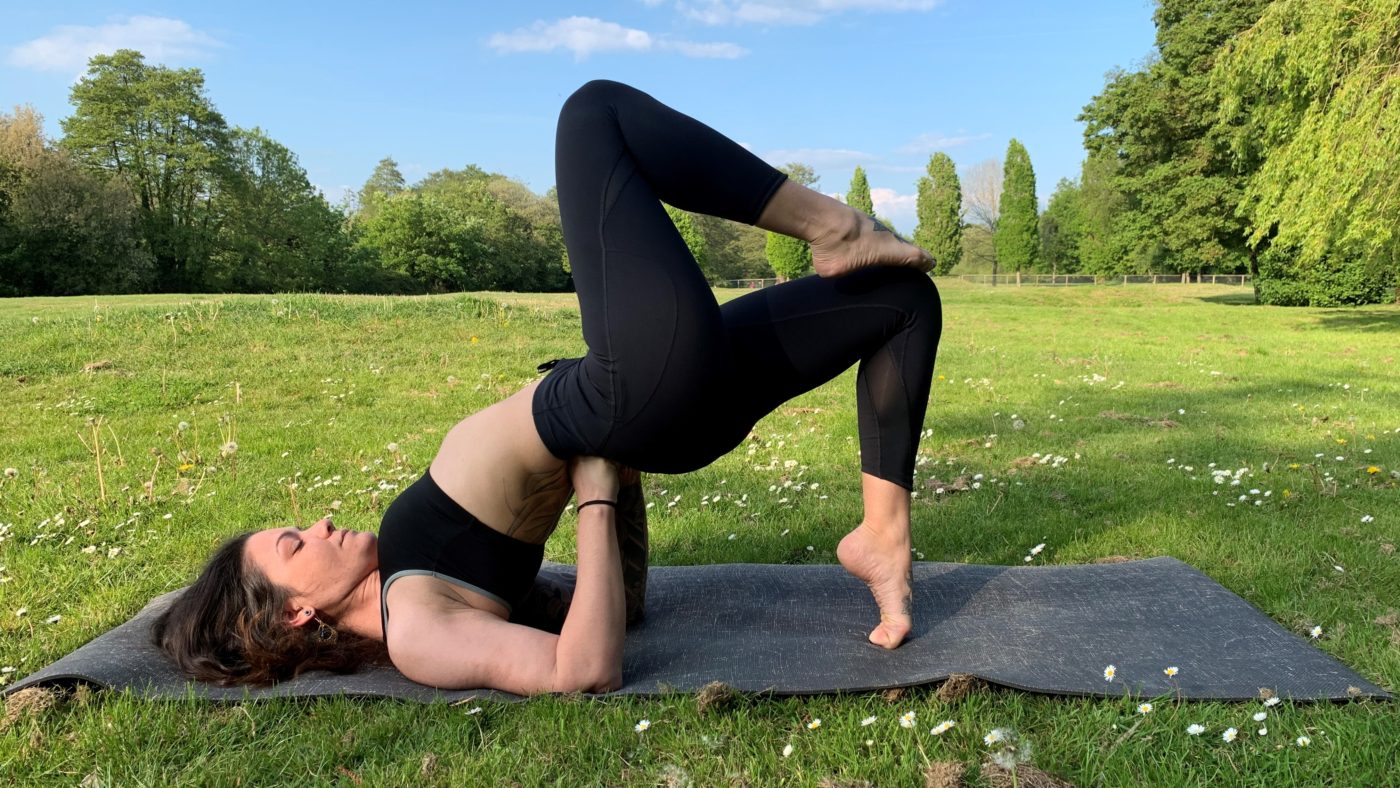Yoga Mats
How to choose the right yoga mat for you?
Choosing the right yoga mat mainly depends on the kind of yoga practice you intend to do. Yoga Mat is one of the basic equipment you will need to get started with your yoga regime whether you are starting a home practice or practicing at a studio. Some yoga studios provide mats for you, but let’s be honest: would you want other people’s sweat on you? Hence for hygiene purposes, you must invest in a personal yoga mat.
A yoga mat is your faithful companion on your yoga journey, so you must choose wisely. There are numerous options available on the mat when it comes to picking up a mat you cannot afford to “judge a book by its cover”. You have to deliberate and consider these points which would help you choose the right mat.
Here are the things that you should consider while buying the right yoga mat for you:
A good Grip
A good yoga mat is the one that has an excellent grip on both sides of the mat. At the bottom to prevent the mat from sliding and at the top to prevent you from sliding. Because there is nothing worse than sliding or slipping around on your yoga mat while trying to hold in a downward dog? So when you’re shopping for a mat, test the grip. Are your palms sliding around? Are you clinging to your mat for your life? If so, it’s probably not the mat for you.
Looking for a Yoga mat with a good grip? Check out our Bhoomi Jute Foliage Eco Yoga Mat
Yoga mats provide grip through a combination of material and texture. Natural rubber mats usually offer the best grip, even with perspiration.
Thickness of the mat
A standard yoga mat is usually 3 mm thick, however, you can purchase thicker or thinner depending on your preference or type of practice.
If you’re slim and bony or have sensitive joints, or you are new to yoga and still building up your practice, the 3 mm mat may be too thin for you. If your practice involves repetitive kneeling like the camel pose (Ushtrasana). Or when you’re in Floor Bow Pose (Dhanurasana), your hip bones may hurt as they press into the earth you would need more cushioning.
Hence a thicker mat, such as the 4 to 5 mm thick is recommended to provide support to your joints. But you also have to keep in mind that if you opt for thicker mats like 6 or 7 mm it will make it hard for you to find balance in standing pose like the tree pose or the Natarajasana. And also make it bulkier to carry around especially while traveling or carrying it to the studio. And to be honest you need a yoga mat, not a mattress!
Length of the mat
Your mat should be long enough for your entire body when you lie down in Savasana. If your legs are longer than the mat and are coming in contact with the floor the difference in temperature might make it difficult for you to relax. Standard yoga mats are about 68 inches long. If you’re taller, make sure to get an extra-long yoga mat.
Extra-wide mats are also available, so keep that in mind if you need more space.
Style of Yoga
Choosing the right yoga mat mainly depends on the kind of yoga you intend to practice. If you’re practicing Hatha yoga or Yin Yoga, where your movements are ought to be slower and intense, so a soft and cushioned mat is more apt. You’re not necessarily getting sweaty with these styles of yoga, so the traction an average mat provides will be just fine. If you practice Ashtanga, Vinyasa, especially Hot Yoga, then you’ll need to invest in a mat that will absorb your sweat and will provide super-strong traction. There are also mats available which are perfect for all kinds of practice but are more expensive. But it makes sense as one mat will be good enough for all types of yoga practice.
If you are not sure what Yoga Style you are following, comment down below and we’ll suggest the best mat for you. Check out the Yoga styles and ideas on Instagram.
Sustainability
Ahimsa is the yogic belief that we should practice non-harm in our relationships and to our environment. As yoga practitioners and yogis we should be mindful of the yoga gear we use.
Keep in mind that most of the yoga mats especially the cheap ones are full of PVCs, which is a toxic plastic with carcinogens in it.
PVC is not biodegradable, which means the mat might last a bit longer, but it’s not environmentally friendly and might end up in the landfill.
That’s one of the reasons that many yoga mat companies make an effort to produce socially responsible and environmentally sustainable mats. Opt for mats made with natural material. If you want to do good while you do yoga, consider a mat that does the least amount of harm to our environment. Consider recycled or natural rubber, or even organic cotton when looking into the materials of your new mat. Though cotton can’t be used for advanced practice but is good enough for light practices.
Don’t be afraid to spend a few extra bucks.
Spending on a quality yoga mat is worth the splurge.
Happy Practicing 🙏
Check out our other useful posts below:
- Influencer – Jackie
- Luxurious lifestyle meets yogic sensibilities
- How to choose the right yoga mat for you?
- Are you working from home? Practice these 5 chair Asanas to stay stress-free and energized.
- Yoga and Kids



Like!! Really appreciate you sharing this blog post.Really thank you! Keep writing.
Thank you. Namaste!